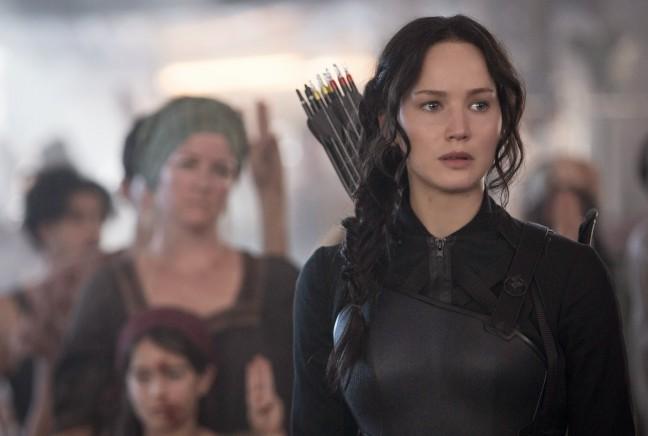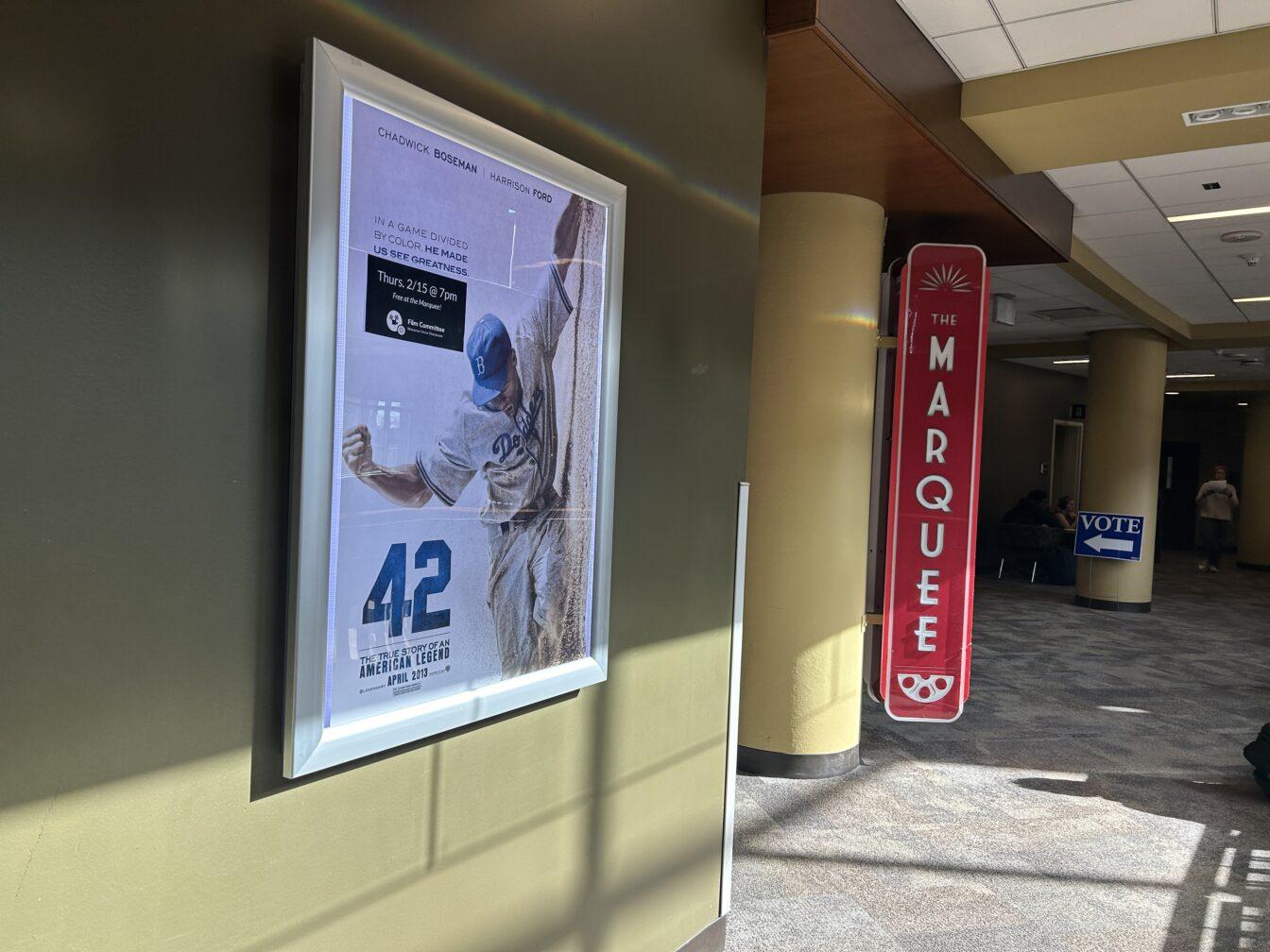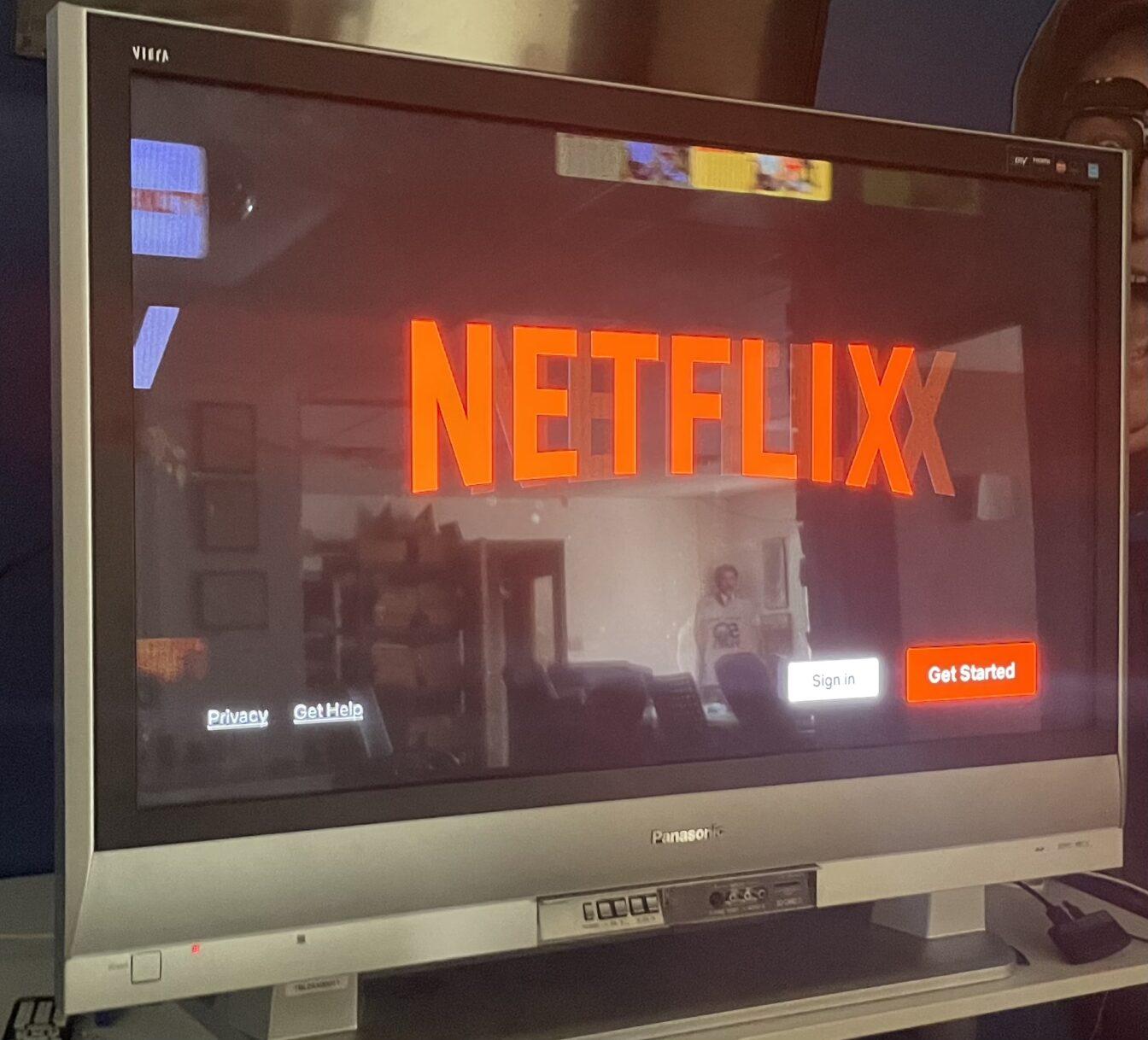In “The Hunger Games: Mockingjay – Part 1,” Jennifer Lawrence (“X-Men: Days of Future Past”) gives yet another spot-on portrayal of Katniss Everdeen. This addition to the “Hunger Games” series finds the character assuming the role of the leading revolutionary for the rebel forces against the utterly tainted and corrupted Capitol. She will be their Mockingjay. Lawrence’s standoffish personality mixed with her almost static panel of emotions is not what makes Everdeen’s character come alive. As was the case with the previous films, it’s Lawrence’s reactions to horrible events within the film that create this spark.
In one scene, Katniss looks over a sea of skeletal corpses ridden with dust. She begins to tremble and shake out of shock. It’s an understated scene that also acts as a testament to the maturity of Lawrence’s performance, especially considering the young adult-geared source material.
Despite flaws, ‘Catching Fire’ is shocking, intriguing entertainment
The cinematography of “Mockingjay” is decent at best, but its flaws are worth noting because at times they take away from the viewing experience. The film contains some great camera work of warplanes flying overhead, explosions and gratuitous destruction. At some points, however, the lighting is dark, the camera shakes and the events happening onscreen become so chaotic it becomes difficult to tell what’s going on. These chaotic scenes become jarring and even disturbing when violence is incorporated. It’s worth noting that, for a film based on a young adult novel, “Mockingjay” contains a healthy dose of violence, including strangulations and executions at point-blank gunpoint. Like the violence, the film’s political themes also work to distance it from the young adult novel it’s based upon. The film works tirelessly to parallel the film’s world with issues of big government and oppression.
Like the cinematography, the film’s use of music makes its emotional appeals a bit obvious. But the subtle shifts in tone help guide viewers who might be less familiar with the source material.
And unlike the source material, the film is split into two parts, resulting in an ending that’s been widely criticized as anticlimactic. This makes sense: it’s not the climax of the entire story. “Mockingjay” ends quite abruptly, and by the time the credits roll, it becomes clear how little flare has been exhibited in the film overall. In fact, Katniss only fires one arrow the entire film.
But this is all OK. “Part 2” will surely up the action quotient.














